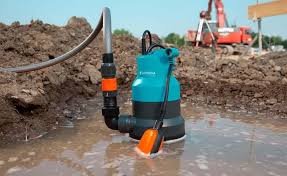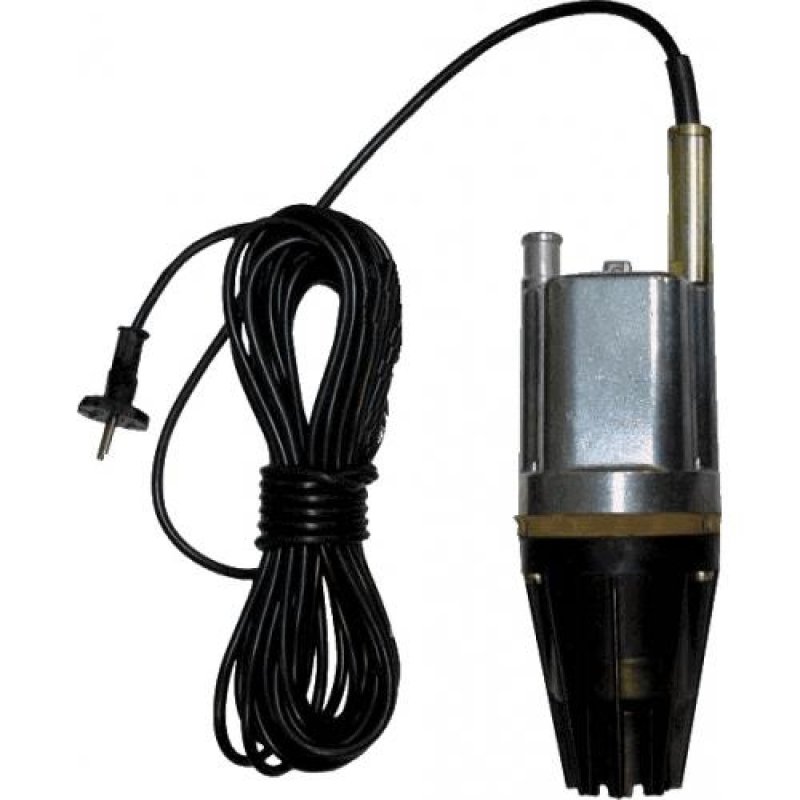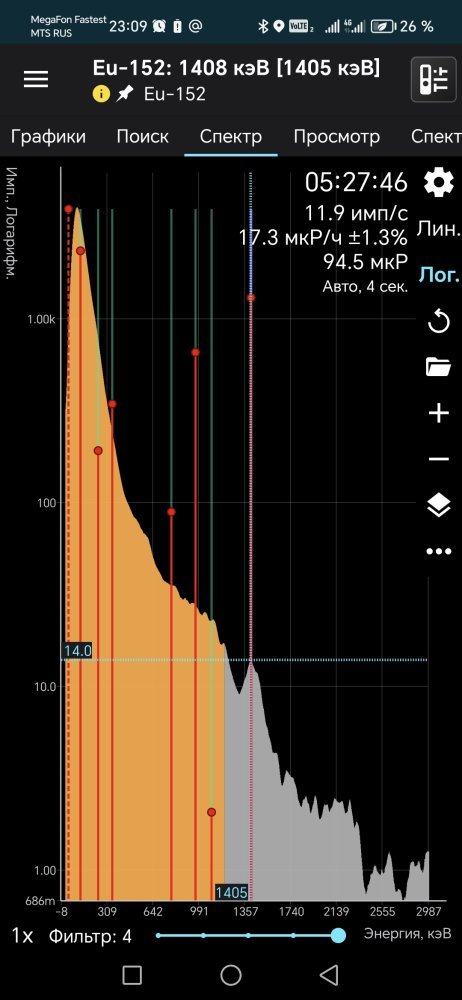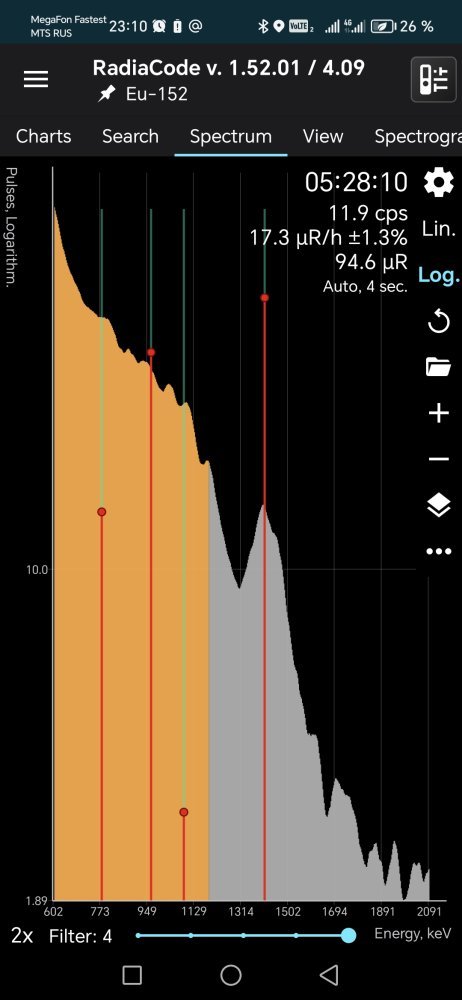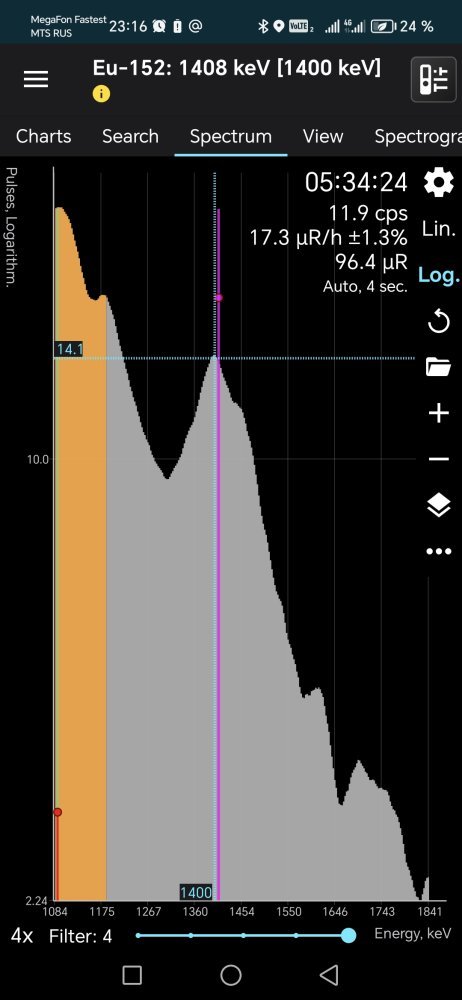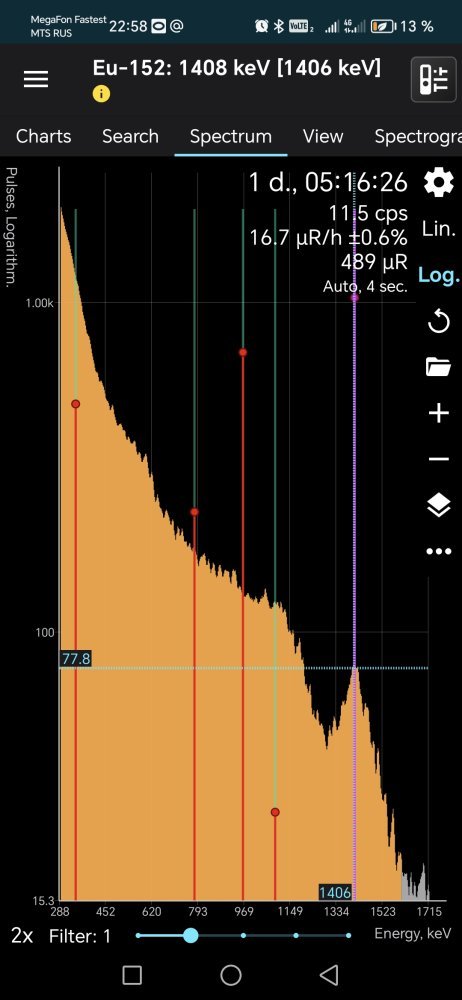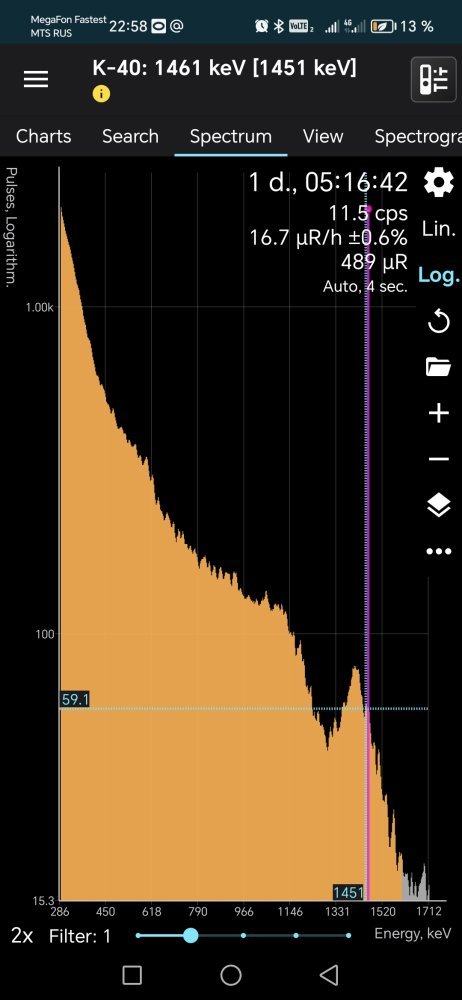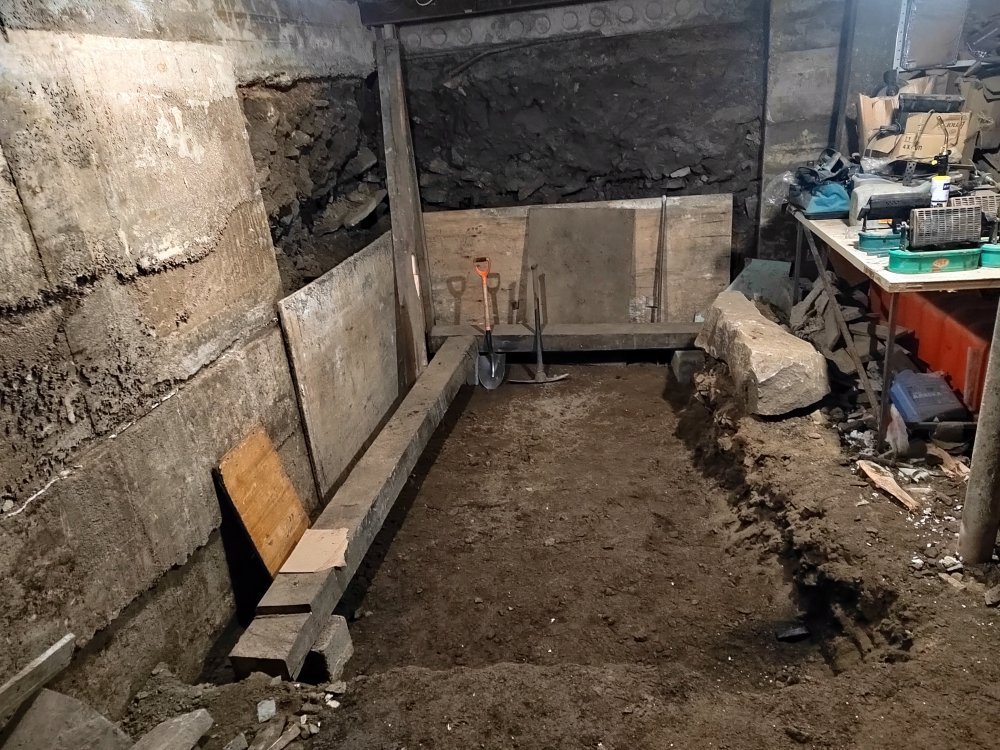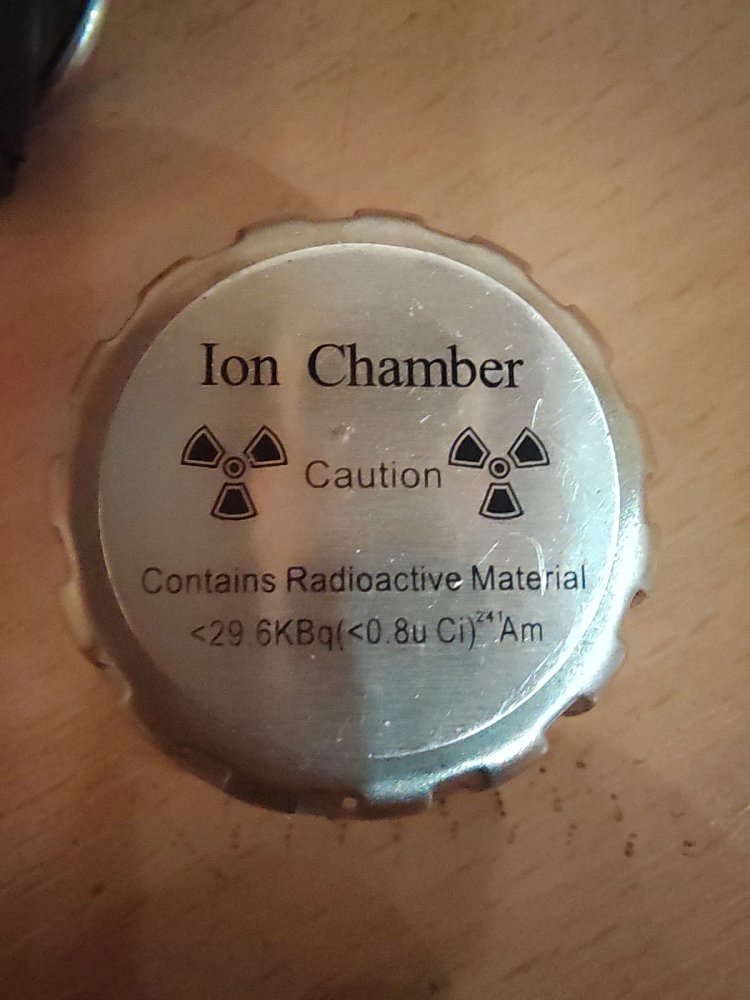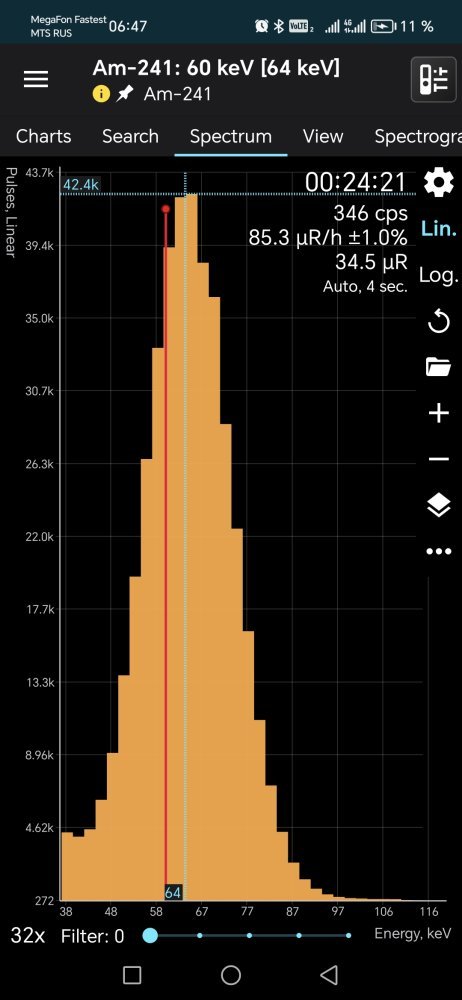MrMarty51
Well-Known Member
I knocked a hole in the concrete basement floor under My house..There is no groundwater, once there was a flood from melt water when there were no concrete walls, and a lake from melted snow accumulated near the garage. Now all the low areas around the garage are filled up, melt water does not accumulate and water does not flow into the basement. In 3 years, no more groundwater. In the future, when I make a concrete floor in the basement, just in case, you can dig a basement in the basement, use it as an emergency water discharge tank, and install a drainage pump there. If groundwater suddenly appears.
I got one of those automatic submersible pumps that has a float switch and set it in a smallish size animal watering bucket. One big enough for the pump to set nicely in. And the bucket and pump sets in that hole. I also drilled some one inch holes near the top of the bucket to make sure that any water that would surround the bucket would be sure to flow into the bucket.
I hooked that pump to the city sewer pipe with a check valve between the pump and where the pipe makes an EL into the main 3” sewer pipe.
That bucket is the lowest place in the basement. It has yet to be tested under real life circumstances and I hope it never is.
Also known as a sump pump.

